The Lamassu Statue at the Gate of All Nations in Persepolis:
Symbol of Ancient History and Universal Peace
The Lamassu, a majestic winged bull with the head of a human, stands proudly at the Gate of All Nations in Persepolis, Iran. This ancient statue, steeped in myth and history, serves as a powerful symbol of the rich heritage of the region.
Dating back to the time of the Achaemenid Empire, the Lamassu represents the protective spirits of the ancient Mesopotamian mythology. These imposing figures were believed to guard the entrances to important buildings and cities, warding off evil spirits and bringing blessings to those who passed through.
The use of the Lamassu statue Persepolis as the emblem of our company signifies our deep connection to the historical and cultural legacy of Persia. It reflects our commitment to honoring the traditions and values of this ancient civilization while embracing the spirit of innovation and progress.
Beyond its historical significance, the Lamassu also embodies a message of peace, friendship, and global dialogue. As a symbol of strength and protection, it reminds us of the importance of unity and cooperation among nations. In a world marked by division and conflict, the Lamassu serves as a beacon of hope, inspiring us to strive for harmony and understanding.
At the Gate of All Nations, where delegates from various lands once gathered to pay homage to the Persian kings, the Lamassu stands as a reminder of the power of diplomacy and dialogue. It is a testament to the enduring legacy of Persia as a cradle of civilization and a bridge between East and West.
In the modern world, where cultural exchange and mutual respect are more important than ever, the Lamassu continues to serve as a symbol of peace and friendship. Let us honor its legacy by embracing diversity, fostering dialogue, and working together to build a brighter future for all.
At the Gate of All Nations in Persepolis, the Lamassu symbol carries a mythical and historical significance. This symbol is formed by the combination of a winged bull with a human head and is known as a representative of protective spirits in ancient mythologies. According to ancient beliefs, these symbols were placed at the entrances of important buildings and cities and were recognized as guardians of prosperity and blessings.
The Gate of All Nations in Persepolis, as the main entrance to the royal city of the Achaemenid Empire, uses these beautiful mythical symbols to showcase the power and grandeur of the ancient Persian Empire. These symbols were not only used as cultural and historical memorials for the city and the empire but also as symbols of power, stability, and protection.
Siamak Ekhtary
Business Developer
Gate of Nations GmbH


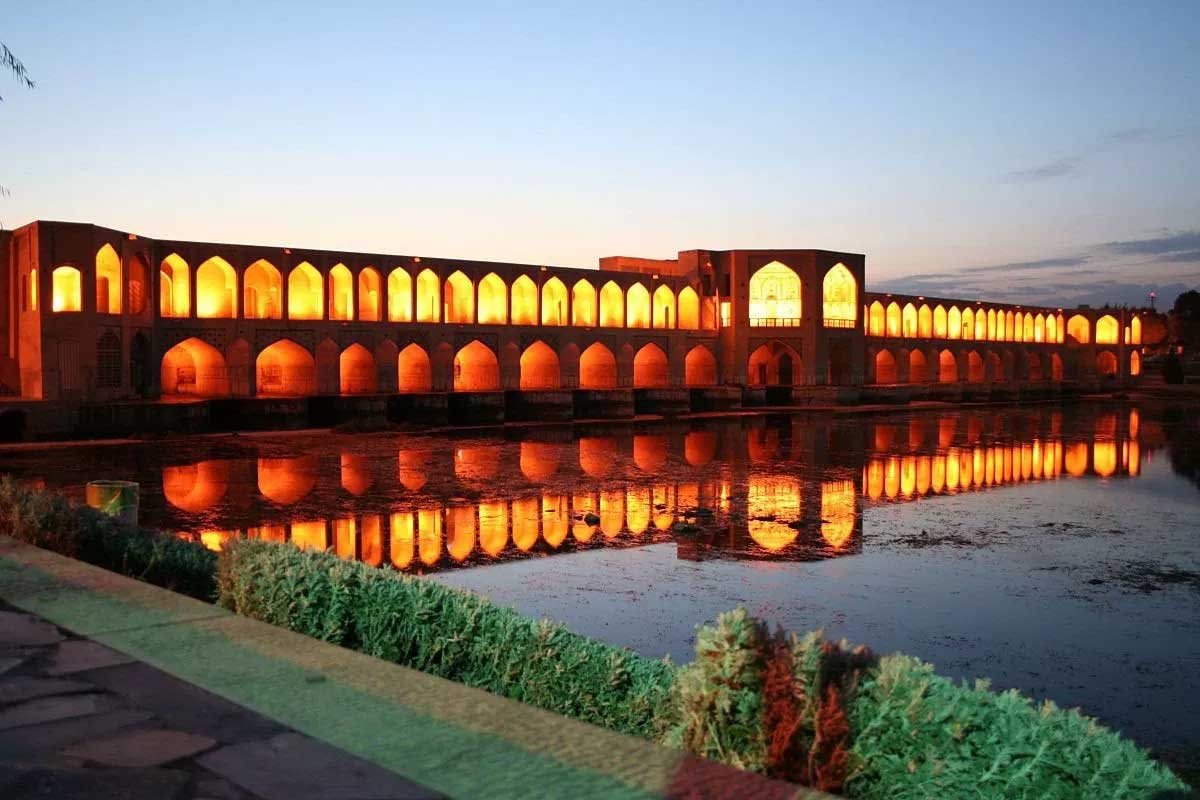
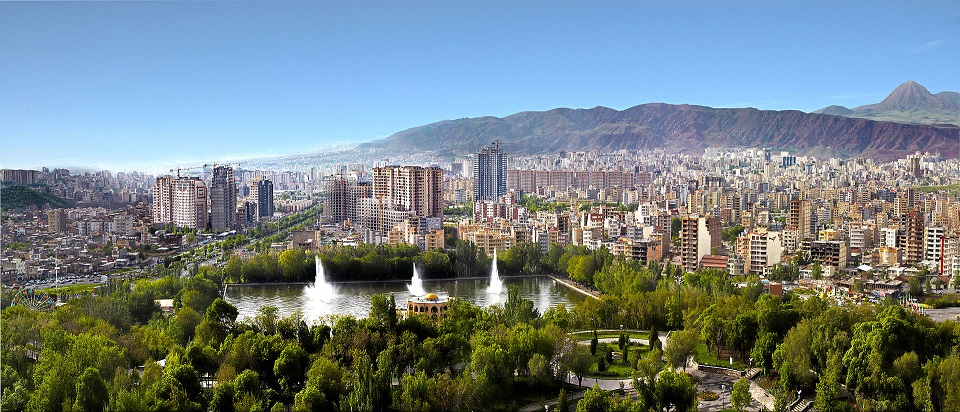
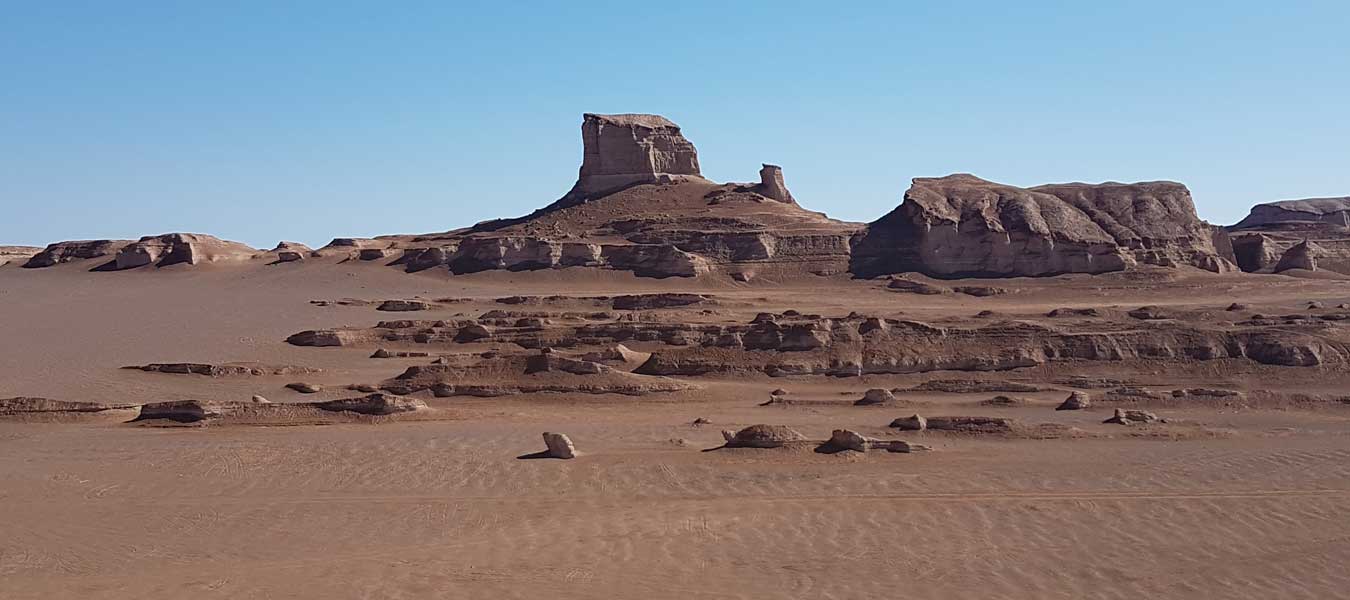

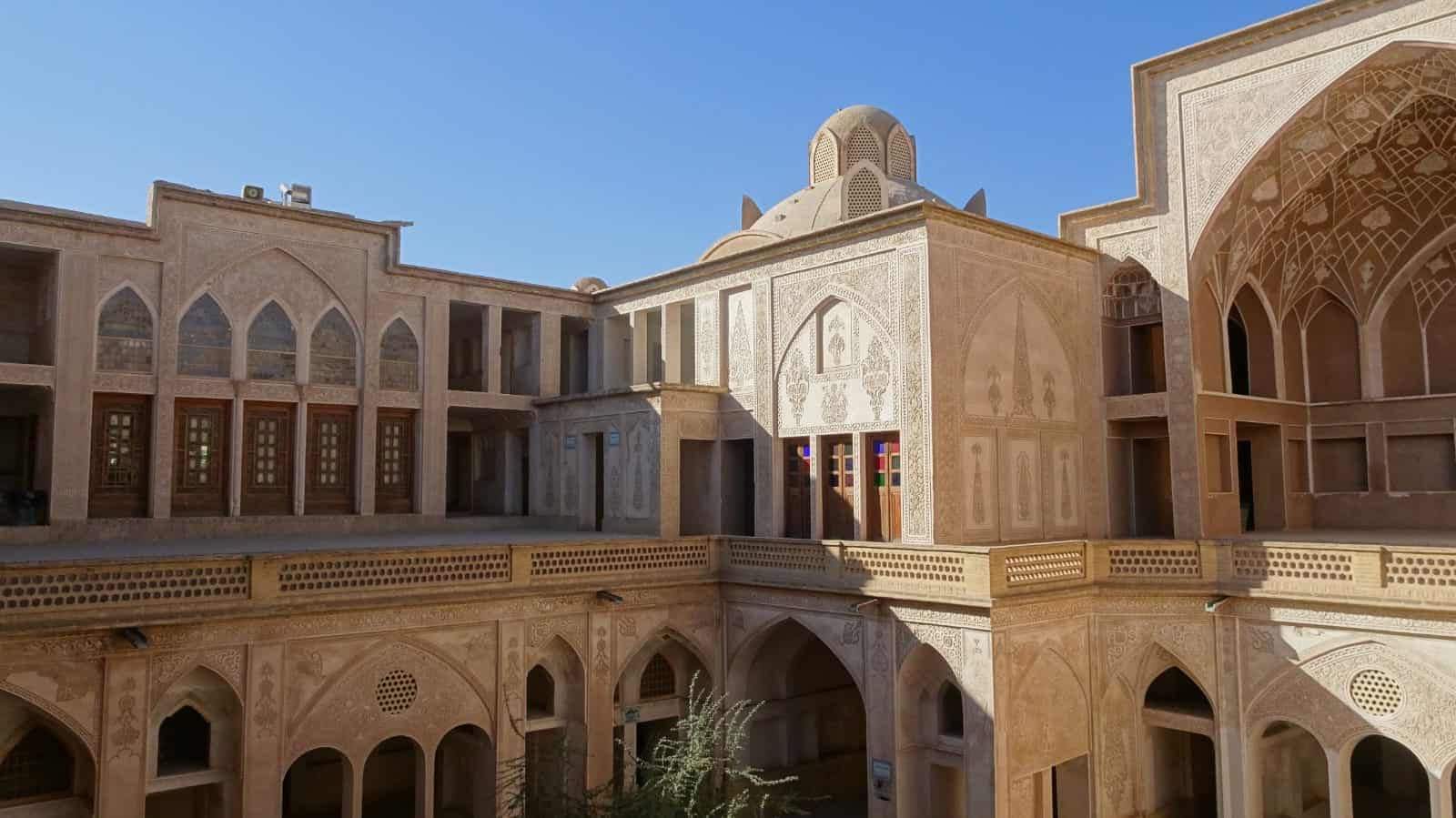
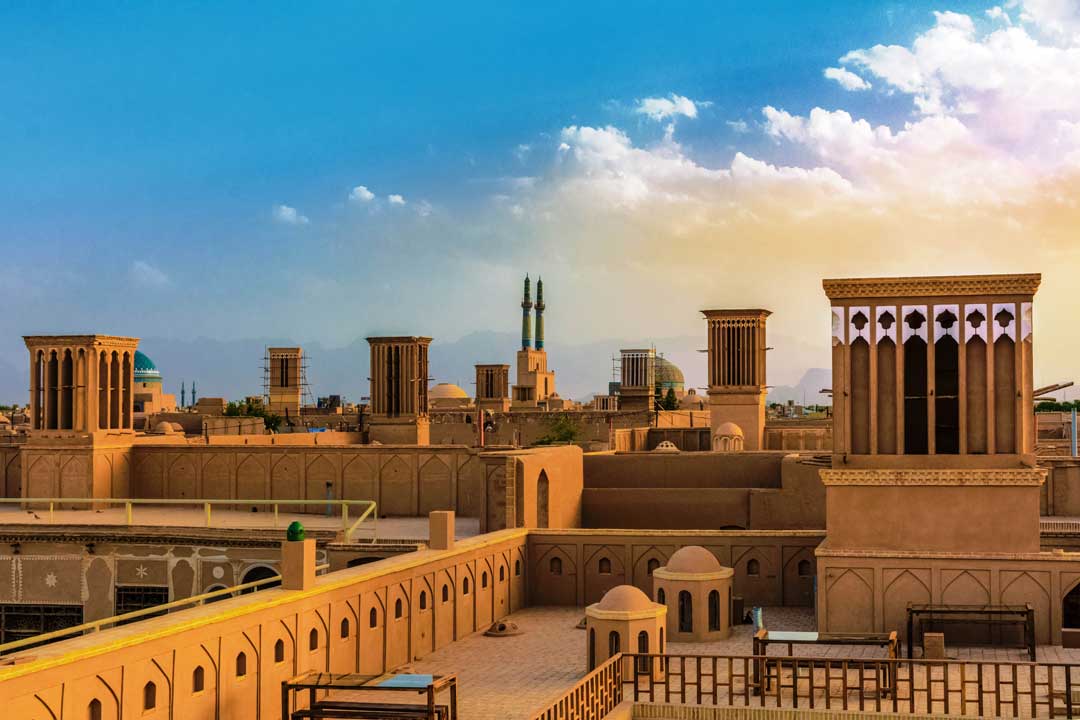



Leave a reply